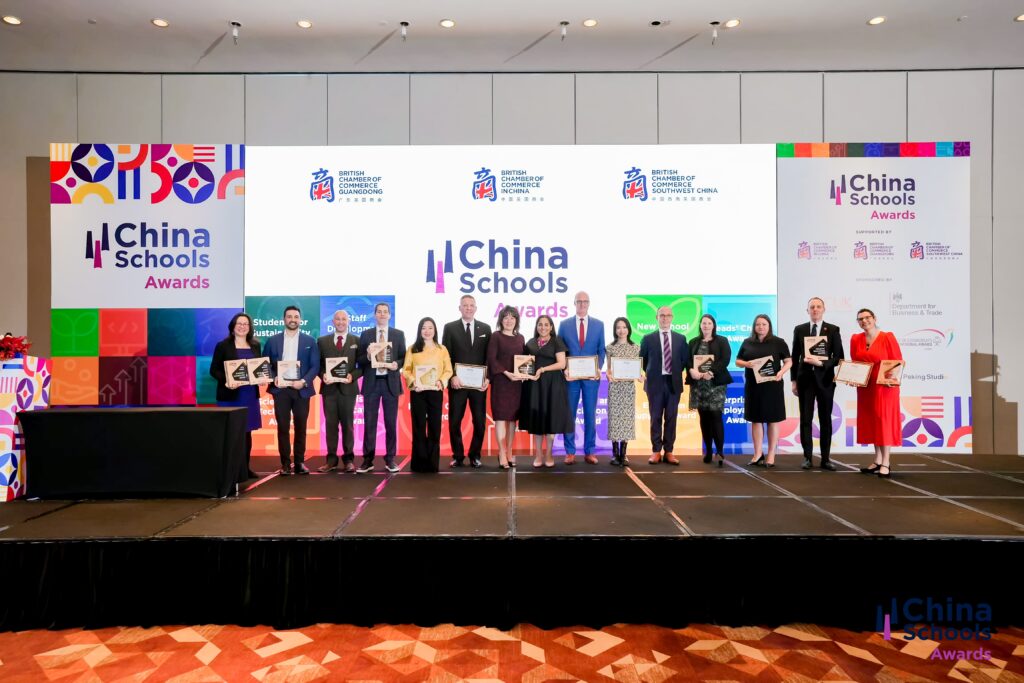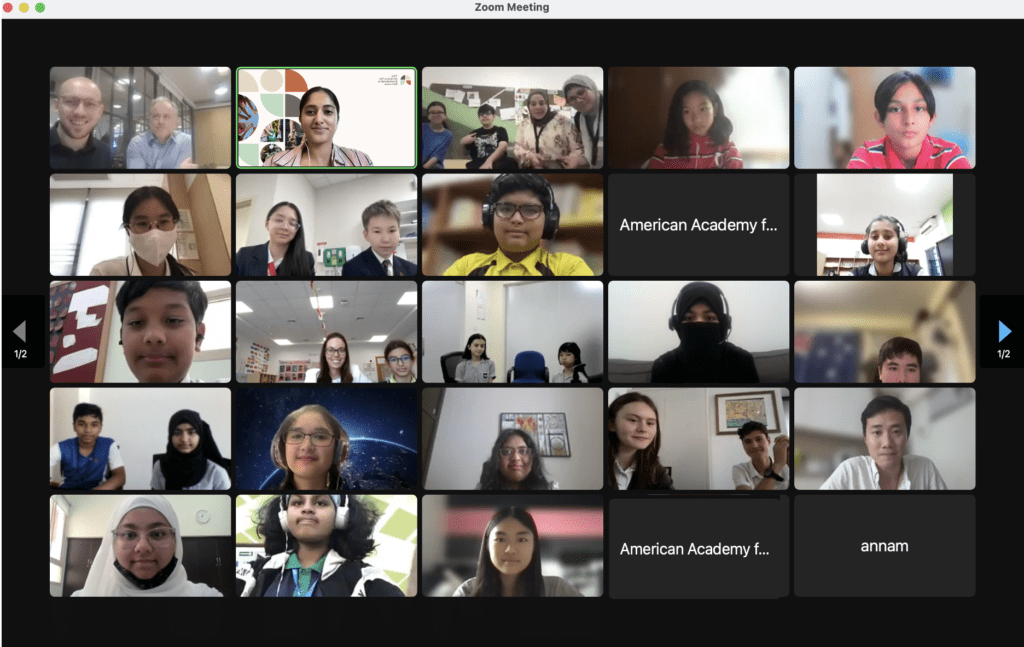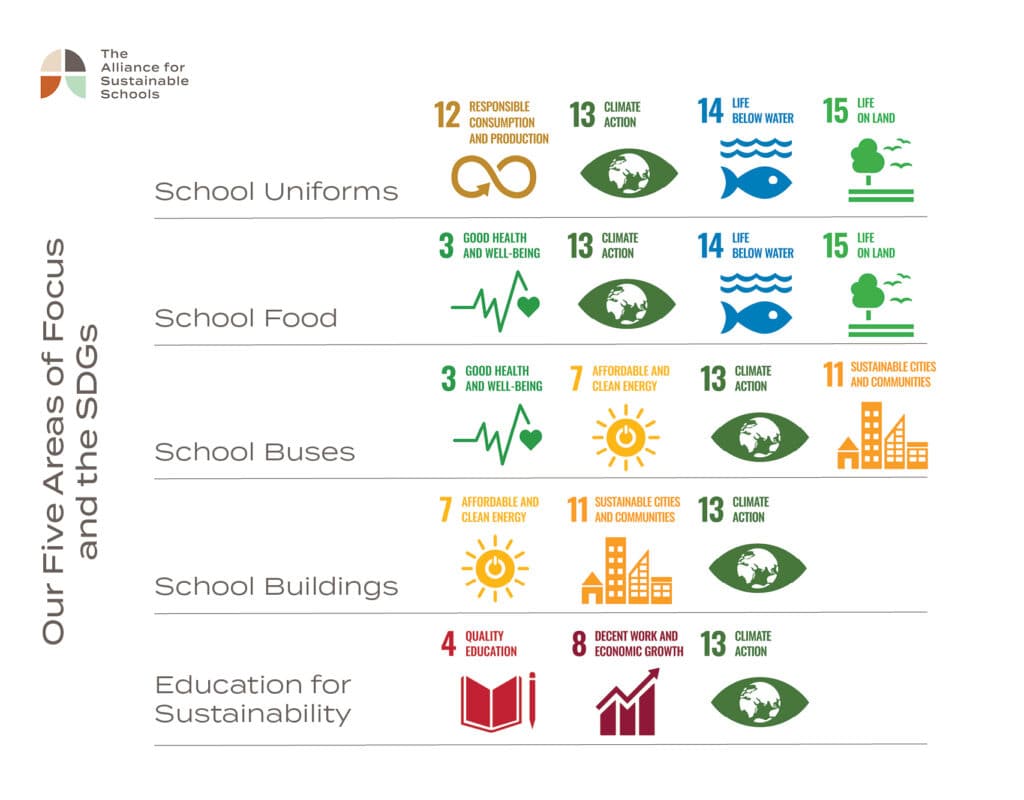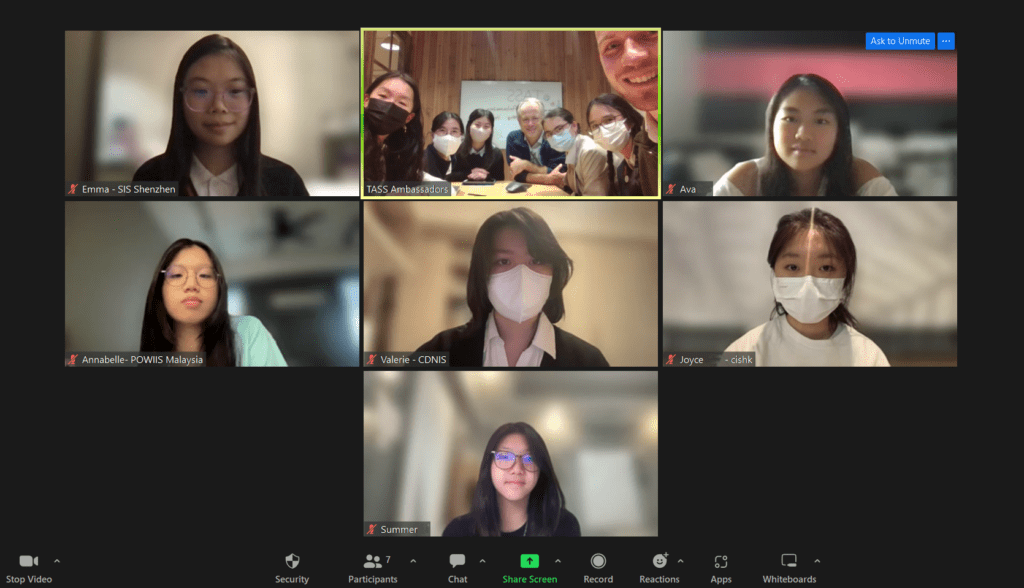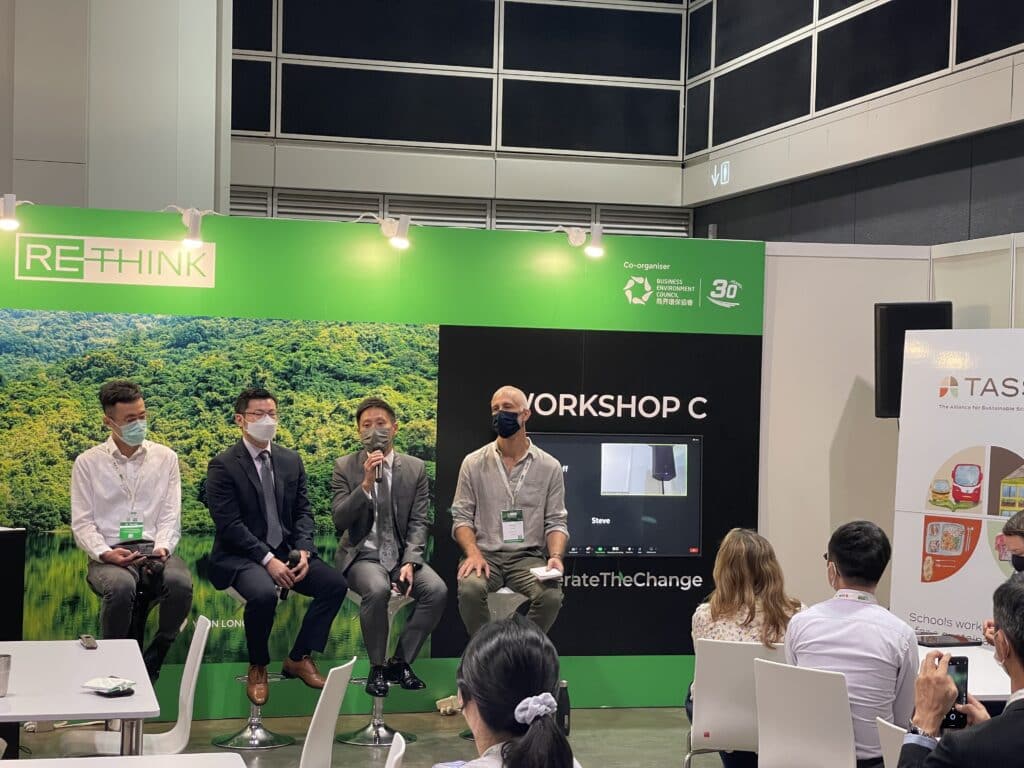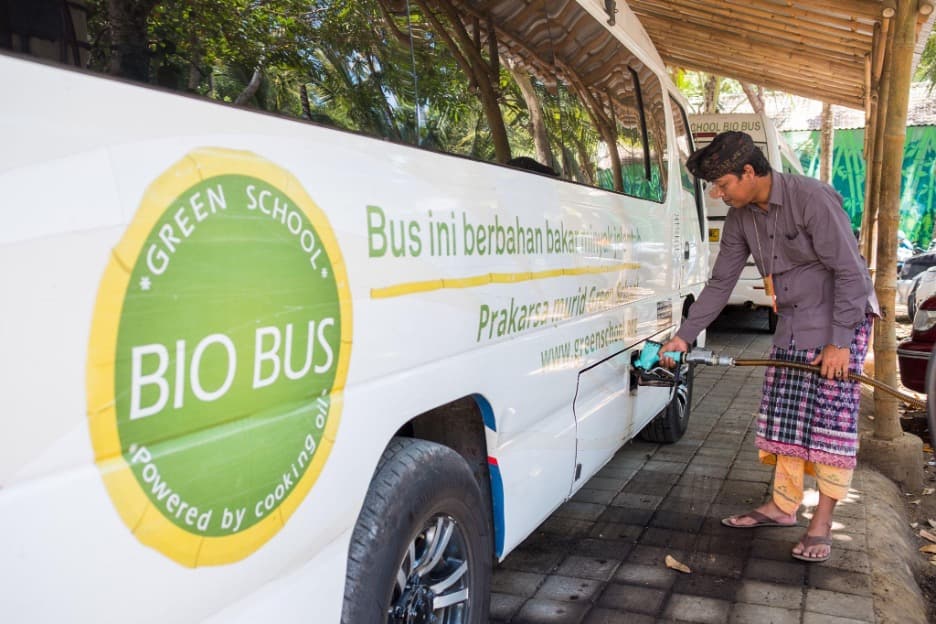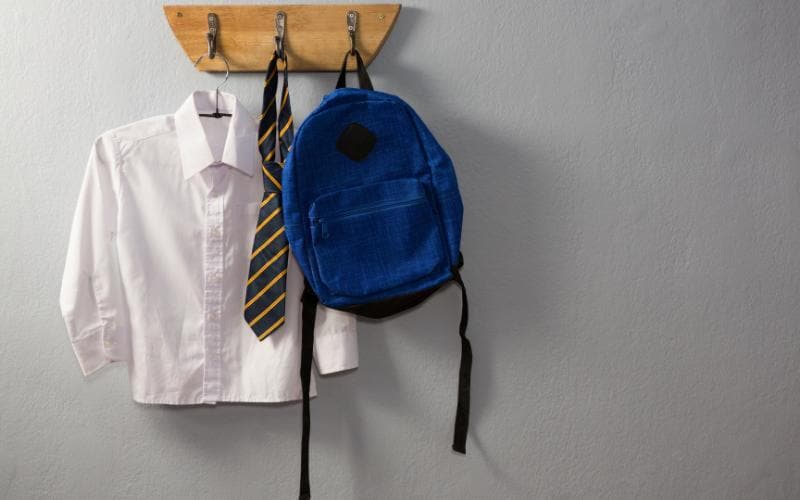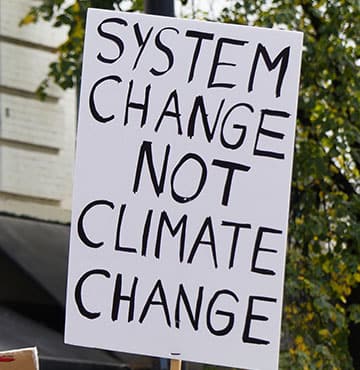Hong Kong is home to over 1,000 primary and secondary schools, most of which have a required school uniform. Metanoia (a consulting firm specialising in sustainability in schools and education for sustainability) estimates that 2.5 million new uniform items are purchased by school students in Hong Kong every year.
Most of these items have a relatively short first life as students grow out of their clothes quickly, change schools or are required to purchase new items. While some schools have established second-hand uniform shops and encourage some environmentally friendly disposal practises, not all families take advantage of these options, which suggests that a large proportion of uniforms end up in landfill.
TASS is working with schools and uniform companies to address the challenge of school uniform waste, a problem that requires a systems-level approach. Read our blog post to learn more.
Uniform design
The environmental impact of a garment depends on the materials it is made of, where and how it is produced, how it is cared for and how it is disposed of at the end of its life. Cotton has the highest water footprint, but synthetic materials derived from fossil fuels have a higher carbon footprint than cotton and other natural fibres like linen. Synthetic fibres like polyester release microplastics into the environment when they are worn and washed and are believed to be a major source of ocean microplastics.
Dyeing fabrics can damage waterways, ecosystems and drinking water sources if not done responsibly. Where textiles are produced can influence their carbon emissions. For example, a garment made in China has a 40% larger carbon footprint than one made in Turkey or Europe because of China’s dependence on coal for electricity production.
TASS encourages its members to consider the fabric composition of their current uniform items, where the uniforms are made and how they are produced, and review how they might be designed to reduce their environmental impact.
The design of the uniform also impacts the longevity, usability, and disposal options for individual pieces. Designing uniform items with simple patterns, colours and removal logos allows for the items to have more than one purpose. For example, if a uniform requires khaki slacks, keeping them to a traditional shape and style without a logo allows students to wear the trousers outside of school hours and makes them easier to pass on or donate for others to use when they no longer fit.
Additionally, many schools do not allow families to donate logo-ed school uniforms to local or international charities for brand integrity reasons, so limiting the use of logos or strategically placing logos so they can be easily removed without damaging the garment gives the item a possible second-life outside the individual school community.
For schools considering changing parts of, or the whole, uniform, TASS recommends an extended phase-out period to maximise the use of the garments already in circulation. Many households pass down uniforms between their children or to the wider community through second-hand uniform sales, further extending the use of the garments. This will also ensure that the manufacturer can clear their backstock of the old styles without needing to dispose of brand new, never been worn items.
Second-hand uniform sales
Many schools run second hand uniform sales to try to extend the life of pre-worn uniforms. This solution has a few challenges though.
• First, in many cases the sales only operate a few times a year, whereas the need to buy a new item may arise at any time.
• Second, in most cases there isn’t a searchable inventory of available items which means parents or helpers have to physically attend the sale and manually search for what they want. Apart from the inconvenience of this model, there’s no doubt it limits the volume of items traded.
• Third, running these sales and manually sorting the used uniforms requires an enormous amount of time from parent volunteers.
• Finally, in some cases, a school’s parent teacher association may receive commission from the sale of new uniforms through on-site uniform shops (where they exist). This creates a disincentive to promote second hand sales, unless the revenue from second hand sales can match or come close to matching the lost commission from new uniform sales.
TASS is partnering with Retykle to pilot a centralised online e-trading platform for second hand school uniforms for all schools in Hong Kong. The platform leverages Retykle’s well-established and very successful online trading platform for used children’s fashion and maternity wear.
Retykle will arrange to collect donated uniform items, store them at its Wong Chuk Hang warehouse, catalogue them and post available items on its site where parents can search the inventory and purchase items they need from anywhere at any time that is convenient. The school PTA will receive a percentage of the revenues.
More information
TASS has conducted research to identify the most environmentally friendly uniform disposal options in Hong Kong for schools, taking into account the issues related to fabric types, logos and the quality of the used clothes. To learn more about our proposed solutions, please contact us.








